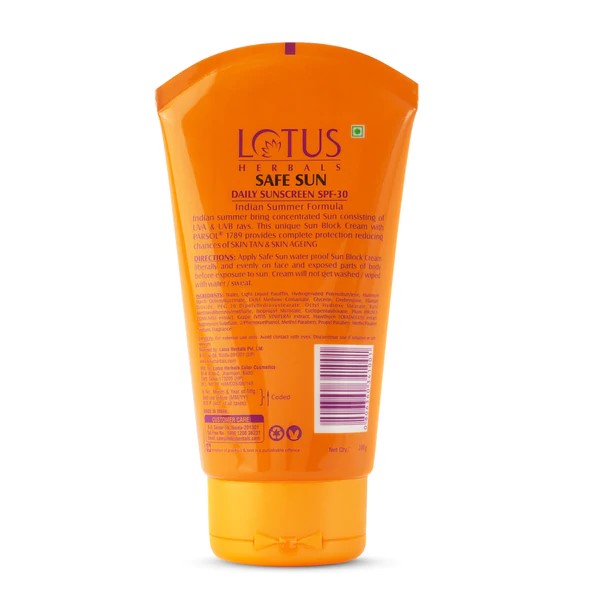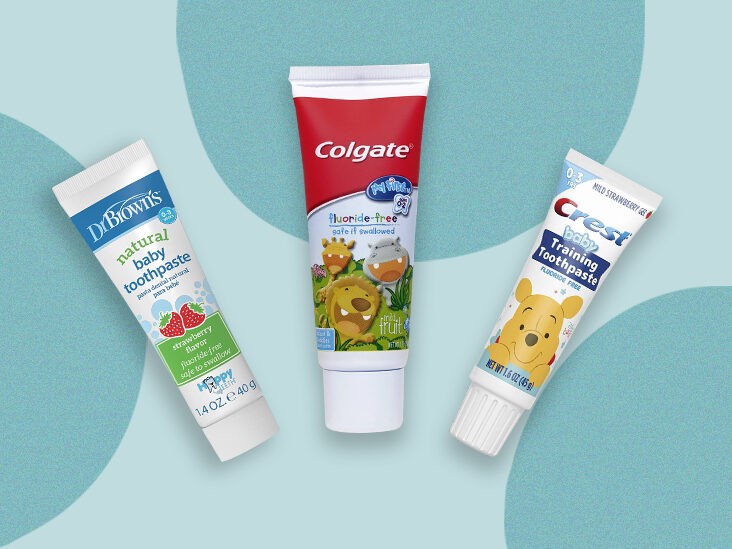“Tubed Packaged Goods” is used for goods that are packed in squeezable tubes, which typically include foods, cosmetics, or medicines. These tubes are a popular option for a variety of consumer items since they are made for easy application, convenient dispensing, and maintaining product freshness.
The consumer packaged goods sector is vast. It includes everything from food and beverage to household care and cosmetics. For consumers, it has created an overwhelming choice of brands. For entrepreneurs, it is a means to pack and deliver their products securely and safely.
Moreover, attractive packaging attracts people’s attention and forms an additional source of increasing sales.
Entrepreneurs use different attractive methods to pack and parcel the products. When it comes to safe and leak-proof packaging for thick liquids and gels, brands trust tubed packaging over other methods.
Tubed packaged goods are convenient and offer many advantages, including protection from leakage. For instance, packaging toothpaste, ointments, creams, face-washes, ketchup, etc.
What are Tubed Packaged Goods?
Tubes are long containers with small openings to ensure the contents do not break or leak. Tubes are often used for packaging thick liquids or drinking products like perfumes, oils, fruit juices, and more. The tubes offer a wide range of benefits, are available in different shapes and sizes, and are the most preferred options.
Tube Packaging is what big cosmetic brands trust for their products like ointments, creams, gels, etc. For more sturdy packaging, manufacturers also use collapsible or plastic tubes as they offer an additional layer of protection.
Read Also: Bagged Packaged Goods
Types of Tubes: Tubed Packaged Goods
Various materials are used to create tubes to package different products.
Have a look at the popular types of tube packaging:
● Remove the tip tube.
● Eco-friendly Kraft mailing tube.
● Soft plastic squeeze tube.
● Sealed bottom
● Hanging
● Mailing
● Heavy-walled
● Thin-walled
● Medium-walled
● Ultra-thin
Tubes are available in different colors and also clear transparent ones. For entrepreneurs who want to show the products inside the tube, it’s best to use a clear tube. However opaque tubes are ideal for those focusing on design and labeling.
Benefits of Tubed Packaged Goods
The key aspects to focus on while packaging products are the safety of products and beautiful advertisements. Tubed packaging is gaining huge popularity as they look captivating and guarantee product safety.
Have a look at the various benefits of tube packaging for products:
#1 Product Safety
The biggest advantage of tube packaging is that you can be 200% sure about product safety. Tubes are leaking-proof, spill-proof, and are way more convenient to use. They are cleaner and to use and create no mess. Further, it is more hygienic to use as users need not insert a finger or any utensil inside; they can squeeze a bit and use the ingredients inside.
#2 Customer Convenience
Users can store or carry tubed products in a cabinet, drawer, wardrobe, or bag. It is convenient to carry tubed products anywhere without bothering about spilling.
#3 Active Ingredient Protection

Tube packaging provides an additional protective barrier to keep active ingredients like ethylene vinyl alcohol or aluminate laminate safe and protected from eating through packaging materials.
#4 Captivating Product Design
Tube packaged goods have fancy packaging that grabs the instant attention of millions of eyeballs. The bright colors, variety of tube and lid shapes, and creative designs and graphics ensure the products stand out from the rest.

#5 Branding
The packaging of your products can be the best and most affordable way to promote your brand. So you will want the product to reach customers securely and intact. You can gain an edge instantly if you have great packaging and design.
With tubed packaging, entrepreneurs get their brand logos designed on the tube. When the product goes hand-in-hand, it becomes a stable branding and marketing source.
So, next time you get your logo designed on your tube packaged goods, make sure the logo looks neat and attractive. You can also include your marketing message on the package.
#6 Multiple Applications
Tubed packaging is appropriate and apt for various products spanning several industries. Entrepreneurs use tube packaging for the following:
a. Pharmaceutical products (gels and ointments)
b. Household items (toothpaste, fillers, and adhesives)
c. Food (pastes, condiments, ketchup, and icing)
d. Health and beauty products ( face washes, creams, and body lotions)
e. Personal care items (lubricants)
#7 Protection from UV rays
Tubed packaging offers added security layers to protect the products and keep the ingredients from reacting. For instance, skin care creams and other products contain various chemicals that may react wrongly when in direct contact with the sun.
Thus, business owners use high-quality plastic and aluminum tubes to pack creams, lotions, etc., for a longer shelf-life.
#8 Prevent Contamination of Organic Products
Packaging is a form of product protection, be it the cardboard carton
surrounding your product or the pouch in which you put the products. Thus, the protection element is the most important for packaging.
It is always advisable to use high-quality material tubes to protect materials from leaking and becoming contaminated. Especially for organic products, it is critical to keep them intact at the right temperature and in the right environment to protect their quality.
For instance, honey, aloe Vera gel, cucumber gel, etc. Using high-quality tube packaging is the best way to protect the quality of organic products.
#9 Inner Lid Seal
The inner lid seal in tube packaged goods ensures freshness and quality. The seal can be made of aluminum foil, aluminum metal, or plastic. The inner seal ensures that the quality or quantity is distorted or tampered with and is intact.
#10 Product Marketing
The tube packaged goods are a great way of communicating detailed product information to customers. Tubes provide comprehensive information and product details, which entrepreneurs can print on them.
It not only communicates product details but also becomes a guide for users about product usage. For instance, we see usage tips on tubes of face washes, scrubs, product expiry dates, etc. The detailed information also includes instructions for storage like keeping it in a cool and dry place, or keeping it away from kids, etc.
#11 Drawbacks of Tubed Packaged Goods
As every product and service has some advantages and drawbacks, so do the tubed packaged goods. With a huge array of advantages, they have some drawbacks.
- Tubes break or leak when carried
- Expired tubes can cause side effects or reactions
- Scaling the products in tubes when placed in a microwave is possible.
- Tubes cannot resist heat and easily leak or damage.
Read Latest Tips On Techpreneurbold
Examples of Tube Packaged Goods
We use tube packaged goods in our day-to-day lives but never notice how convenient they make our lives. So, have a look and now you may notice:
Toothpaste:
Toothpaste is the first product that comes to mind when we say tubed packaged goods. Mostly all toothpaste brands use tube packaging. It saves the product from leakage and is convenient for use and portability. The narrow opening of the tube makes it easy to apply the paste.

Cosmetic Creams & gels:
The cosmetic industry is another big user of tubed packaging. Face washes, hair gels, face creams, and more are packed in attractive tubes.
As tubed packaging offers added layers, it protects the products from harmful UV rays. UV rays can be damaging to cosmetic creams that include many chemicals.

Chips and eatables:
A few chip manufacturers use cylindrical tubes for packaging their products. The inside seal ensures that the product remains fresh and edible. Besides, manufacturers provide detailed product information like date of manufacture, expiry date, etc.
Ointments: Ointments are generally packed using tubes. The tube packaging is convenient and prevents leakage as it has a narrow opening. Moreover, it is easier to apply at the desired spot.
Frequently Asked Questions about Tubed Packaged Goods
1. What is Tube packing widely used for?
Tube packaging is widely used for creams, thick liquids, cosmetic products, and gels. It is also used for solids to prevent them from being damaged.
2. What are tubes made of?
A tube used in tubed packaging goods is a cylindrical, hollow piece made of plastic, aluminum, paperboard, or other material.
3. What are the most preferred materials used to create tubes?
The most commonly used materials to build tubes are tin, aluminum, and lead.
4. What is tube in packaging?
In packaging, a “tube” refers to a cylindrical container, often made of materials like plastic or metal, with one end sealed and the other featuring a dispensing nozzle. It’s commonly used for products like toothpaste, lotions, and creams.
Conclusion
Tubed packaging goods are a part of our daily lives and are highly popular for their convenience of use, and spill, and leak-proof nature, making them easy to store and carry. Tubed packaged goods also protect the freshness and quality of products effectively.
Recent Post:

